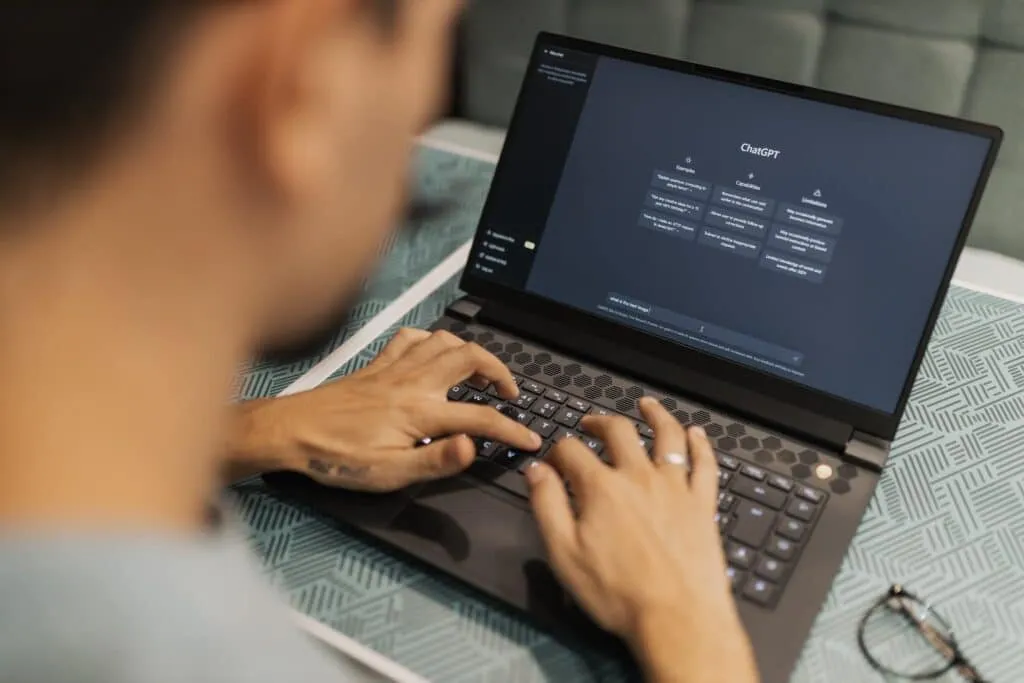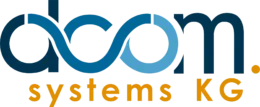Chat-GPT at school. How artificial intelligence can change schools.
Introduction to Chat-GPT at school
In recent years, progressive digitization has led to a variety of innovations that have changed our way of communicating, working and learning. One of the most exciting developments in this area is artificial intelligence (AI) and in particular the use of chat-GPT (generative pre-trained transformer) in schools. Chat-GPT is an advanced AI chat bot that was developed with the help of machine learning and natural language processing to offer students, teachers and parents an interactive and personalized learning environment. In this article, we will take a closer look at how Chat-GPT can revolutionize the education system and what advantages this brings.
Chat-GPT in class
The integration of chat GPT into the lessons enables the students to learn in a completely new way. The chatbot can act as a virtual tutor that answers questions, provides explanations and helps students to solve tasks. The chat GPT adapts to the individual learning progress and the needs of each student. With the interactive exchange with the chat GPT, the students have the opportunity to deepen their knowledge and improve their skills in different subjects.
Article summary
Advantages of Chat-GPT at school

1. Personalized learning environment with chat GPT at school
By using chat-GPT, schools can create a personalized learning environment that is tailored to the individual needs and skills of each student. The chat bot can follow the learning progress of each student and provide tailor -made recommendations and tasks to optimize learning. This makes lessons more effective and efficient.
2. 24/7 learning support
Another great advantage of chat-GPT is the option of offering learning support around the clock. Students can access the chatbot at any time to ask questions or get help with their homework. This makes learning more flexible and independent of the presence of a teacher.
3. Improvement of teacher-student interaction
Chat-GPT can also improve the interaction between teachers and students. By taking on administrative tasks and answering frequently asked questions, teachers have more time for individual care and can deal more intensively with the needs of the students.
Implementation of chat GPT at school
The implementation of chat GPT in schools requires careful planning and preparation. Here are a few steps that schools should consider when introducing the chatbot:
- Need analysis: Schools should analyze the need and specific requirements for the chat GPT in your education system. Which functions and content are necessary to improve the lessons and optimize the learning experience of the students?
- Selection of a suitable chat GPT provider: There are various providers of chat GPT solutions for schools. Schools should carefully check which provider best meets your requirements and offers a high -quality and safe solution.
Training of the teachers: In order to be able to use the chat-GPT effectively, it is important that teachers are familiar with the technology and know how to use them in class. Schools should offer training courses and workshops for teachers to ensure that they can use the full potential of the chatbot.
Data protection and security: Since chat-GPT can collect sensitive data from students, it is important that schools take appropriate measures to protect the privacy and security of the students. Data protection guidelines should be clearly defined and implemented.
Challenges and solutions
Various challenges can occur when implementing chat GPT at school. Here are some of the most common challenges and possible solutions:
Technical restrictions: Not all schools have the necessary technical infrastructure to use chat-GPT effectively. Schools should invest in the provision of sufficient resources to ensure that the chatbot is used smoothly.
Acceptance of the teachers and students: The introduction of new technologies can encounter resistance. It is important to convince teachers and students of the advantages and opportunities of the chat GPT and to involve them in the implementation process.
Quality assurance: Schools should ensure that the chat GPT provides high quality and reliable information. Regular checks and updates of the content are required to ensure that the chat bot meets the requirements of the education system.
Conclusion
The integration of chat GPT at school can revolutionize the education system and create a personalized learning environment that meets the needs and skills of the students. With the interactive exchange with the chatbot, students can deepen their knowledge and improve their learning results. However, it is important that schools carefully plan the implementation and tackle the challenges to ensure successful integration of chat-GPT. With the right preparation and training, Chat-GPT can become a valuable addition to the education system and help students to achieve their learning objectives.
Sources:
- German school portal: columns - options: Courage to the gap
- German school portal: lessons - foreign languages French? Non, Merci
- Academy of Political Education: AI, Artificial Intelligence, Digitization, Chat Gpt, School, Education, Education
- YouTube: How YouTube Works
- Would you like advice on the topic of chat GPT at school? Then contact

